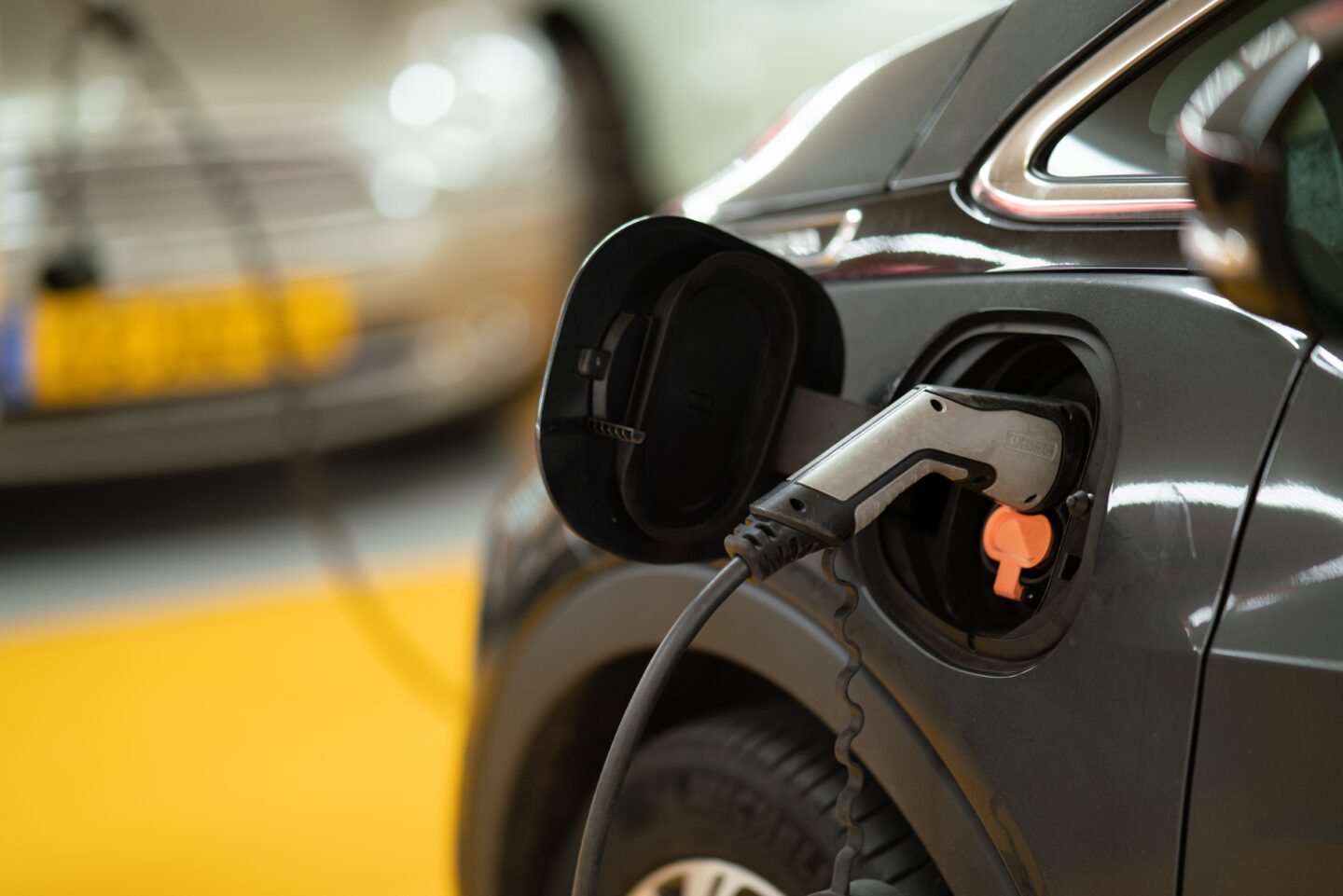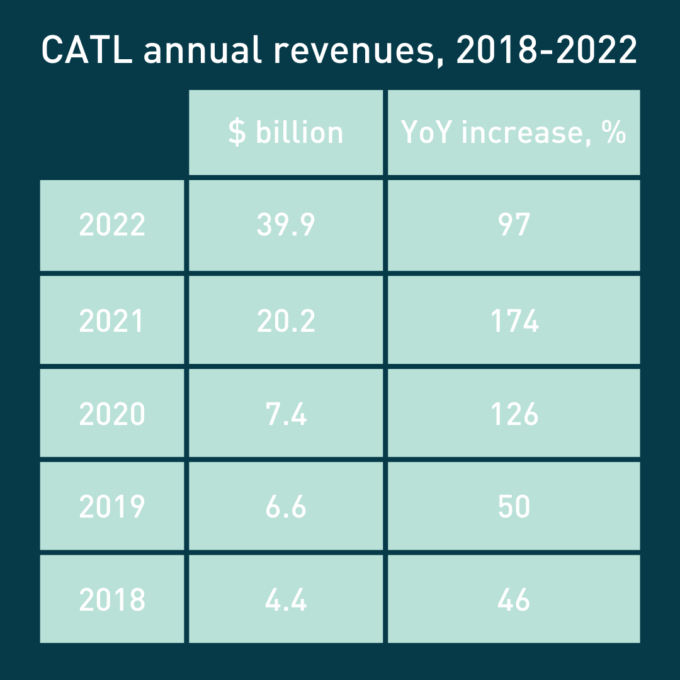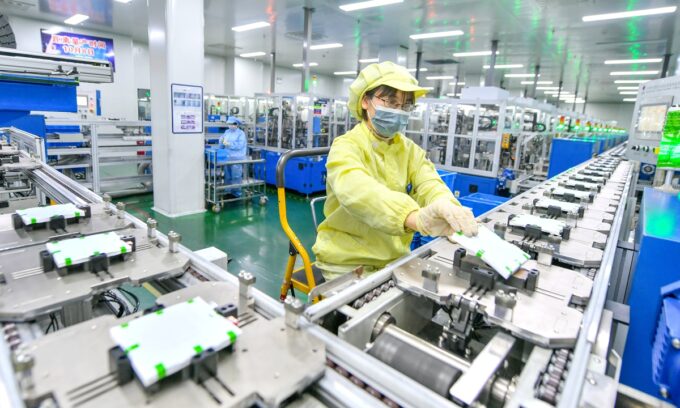With Intel Capital, the US chipmaker’s venture arm, and three other partners, it has invested $500 million in Chinese premium electric vehicle brand Zeekr Intelligent Technology, part of Geely Auto one of China’s leading private automakers.
To ensure the company’s continuing access to the raw materials it needs, CATL has bought stakes in lithium mines in Argentina and Australia, a $6bn nickel mining and processing scheme in Indonesia, and part of a cobalt mining business in the Democratic Republic of the Congo.
Also in Indonesia, CATL is setting up a $2bn green electric vehicle fund with the Indonesia Investment Authority, the country’s sovereign wealth fund and the international arm of China Merchants Bank.
And most recently, CATL has committed itself to the future of battery recycling. In February this year, it unveiled a $3.5bn industrial park project in south China’s Guangdong province capable of processing 500,000 tons of spent batteries annually.
Over the horizon
Given the scope and scale of its existing and planned investments, it looks like no other company could displace CATL’s world-leading status this decade. And yet, if it is to retain that crown in the longer run, several major issues will have to be resolved.
For a start, battery technology is far from settled, and while CATL faces no other single major competitor, many other companies are looking to establish themselves in one niche or another of the battery industry. It is possible that other companies could emerge with new technologies that could eat away CATL’s leading position over the next several years.
Then there are the risks of being a founder-led business. A global company needs a strong leadership team, not just a strong leader. So far, CATL’s broader executive team has had little visibility. With Zeng still only in his mid-50s, it may be too early to think of succession as an issue. But there remains the question of whether too much rests in his hands alone.







